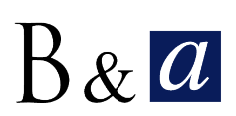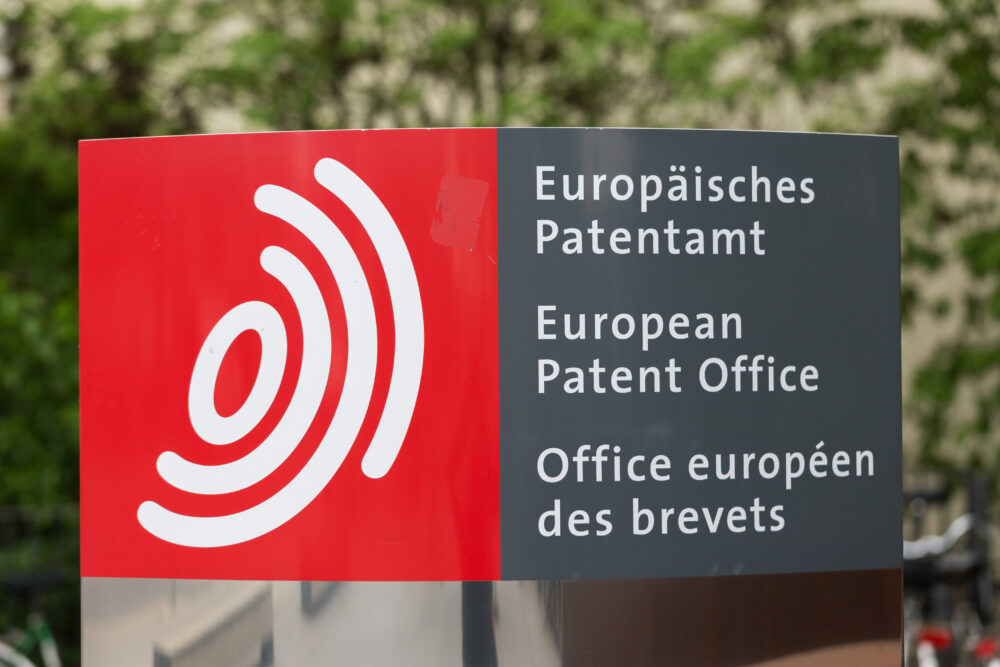On January 10, 2020 was published Decree No. 2020-15 implementing the “PACTE” legislation (Action Plan for Business Growth and Transformation) which recasts and strengthens the French Utility Certificate, thus offering an appealing alternative to patents and a genuinely attractive tool to protect inventions having a rather short life cycle on the market.
The prosecution of a Utility Certificate remains very easy and cheap, since it is not subject to any substantive examination by the French Patent Office.
Its term is however extended from 6 to 10 years starting from the filing of the application.
In addition, innovative companies are given some flexibility in their IP strategy, since the Utility Certificate can now be converted to a patent (thus offering a 20 year protection). This conversion may take place at any time within 18 months from its filing (or from a priority, if claimed) and before the technical preparations for publication have started (i.e. six weeks before the end of the 18 month period according to Decision No. 2011-714). Converting the Utility Certificate into a patent will further require requesting a search report within one month from the request for conversion.
The Utility Certificate should prove to be all the more attractive than the requirements for obtaining a patent are being concurrently tightened as of May 20, 2020, since patent applications filed after that date will be examined for inventive step. The Utility Certificate may thus be useful to protect poorly inventive innovations against infringement.
The owner of a Utility Certificate is entitled to the same rights as a patent owner, including the right to sue for infringement (provided a search report has been requested) and to extend the protection attached to this title abroad, during the year following its filing, for instance by filing an International (PCT) application. Contrary to a patent, the scope of a Utility Certificate may be adjusted until grant, by amending its scope in view of the products under development, in view of competitors’ products on the market or else to take possibly relevant prior art into account.
The only inconvenience we see in filing this title is for companies using patents as a marketing claim, insofar as a Utility Certificate is typically meaningless to a consumer, who more likely trusts a reference to a “patented product.”
Although it is likely not appropriate in these situations, the new version of the Utility Certificate could yet provide a valuable complement to a patent portfolio.
Emmanuelle RENARD




